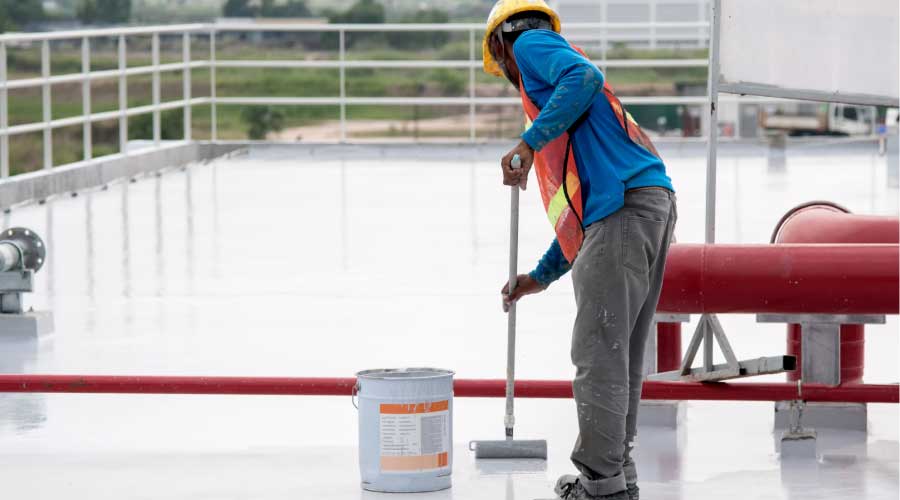Roof Coating Specifications: One Size Does not Fit All
Manufacturers emphasize to managers during the specification stage that roof coatings are not designed to solve every roof issue.
"Coatings are not a replacement for a bad roof," Martucci says. "The roof first needs to be fixed and brought up to par, and the coating will preserve that roof."
Managers must also avoid applying the one-size-fits-all approach to coatings. Factors such as the facility's geographical location, and a region's climate characteristics, such as the amount of sunlight exposure and hot and cold temperatures, all help influence the roof coating selection.
"There are different (coating) quality levels," Martucci says. "You need to pay particular attention to the coatings data sheets to understand things like percentage of solids, elongation, tensile strength, and adhesion to the particular substrate."
Managers also must ensure that roof coatings comply with local building codes before selecting a product.
"In many jurisdictions, roof construction requires fire ratings," says Chris Salazar of Karnak Corp. "Managers should verify that the roof coating they are applying is fire-rated over the particular roof substrate. This is important to comply with the building code and to satisfy insurance requirements. With so many roof coatings options to choose from, sometimes the basic requirements of compatibility and code compliance are forgotten."
Tax considerations might also factor into a manager's decision to embark on a roof-coating project.
"Coatings are considered restoration," Brenk says. "A building owner can typically expense in its entirety the entire installation cost the year it is done, like you would with any maintenance facility, as opposed to putting down a new roof system. (The organization) would have to amortize the cost of that roof system over the determined service life, 20 to 30 years. Anybody that's looking to reduce their tax liability and exposure finds a roof coating fits right into the wheelhouse of that strategy."
Related Topics:














